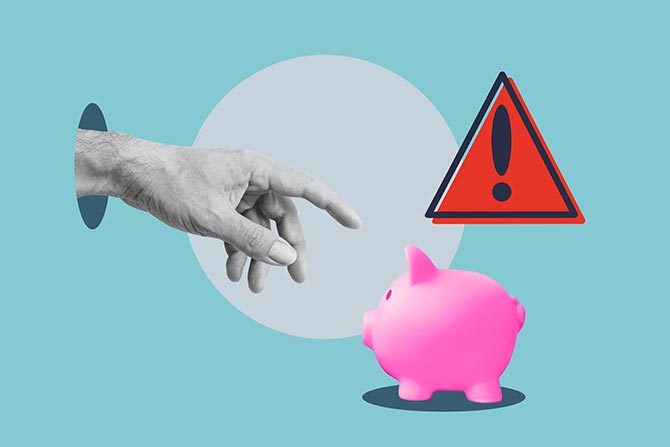When it comes to fraud, it is nearly impossible to find a bank that does not have a story to share. The Federal Trade Commission reported $12.5 billion in consumer losses to fraud in 2024, an all-time high in reported losses.1 The issue is not whether a bank will encounter fraud, but when it will. More importantly, the bank needs to apply this knowledge to have a plan for responding when fraud occurs.
In situations of financial fraud, there are two important aspects for the bank to evaluate right out of the gate: What is the method of payment and who has liability for loss? Financial fraud relies on cash withdrawals, personal checks, bank checks, wire transfers and ACH transfers to access funds. Each of these methods creates different liabilities for the bank and its customers.
After considering the method and liability, the bank will determine its timing and approach based on the details of the fraudulent transaction.
Should the bank slow down the transactions or speed up a response?
- Slow Down: For example, if a bank customer is involved in a scam and actively trying to withdraw funds to transfer in an apparent scheme, a frequently recommended approach is to slow that customer down. Attempt to take away the urgency the fraud is creating so that they have time to reconsider and recognize the illogical aspects of the scam.
- Speed Up: However, if the customer has already lost money through a fraudulent transfer initiated by them in a scam or as the result of an unauthorized transaction, then often the best opportunity for recovery is a quick response. Once the money has left the bank, it is typically moved repeatedly and quickly, becoming increasingly difficult to track.
There is no one-size-fits-all approach to handling a fraud loss once it is recognized. The complications victims and financial institutions face in recovery stem from the numerous involved parties and institutions, multiple jurisdictions of legal authority and different investigative agencies. Many banks have recognized the importance of using their association network and advisor resources to recover losses once they occur.
Central National Bank is an example of a Kansas bank that recently had a corporate customer scammed into initiating an approximately $190,000 ACH based on fraudulent instructions. Late on a Friday afternoon, immediately upon being notified of the issue, representatives from Central National Bank contacted the American Bankers Association Fraud Department, which initiated and guided the bank through a series of resources that ultimately prevented the funds from being transferred to the receiver through a crypto exchange company. Although the bank had no legal obligation to take action, its quick outreach and follow-up prompted the other financial entities in the chain of receipt to respond and assist in recovering the funds for the bank’s customer.
Similarly, the KBA has assisted its member banks in preventing and recovering significant fraud losses in 2025. In a recent check theft loss, the KBA legal department assisted a Kansas bank in recovering over $300,000 stolen from a corporate customer whose check was stolen from the mail and deposited in another financial institution. This recovery shifted a substantial potential loss into a positive customer and public relations opportunity, prevented a large insurance claim and resulted in a Kansas win against fraud!
- New FTC Data Show a Big Jump in Reported Losses to Fraud to $12.5 Billion in 2024, Federal Trade Commission Press release, March 2025. https://www.ftc.gov/news-events/news/press-releases/2025/03/new-ftc-data-show-big-jump-reported-losses-fraud-125-billion-2024
If you have questions about fraud, contact Jamie Cosgrove and the KBCS legal team at kbcs@ksbankers.com.








